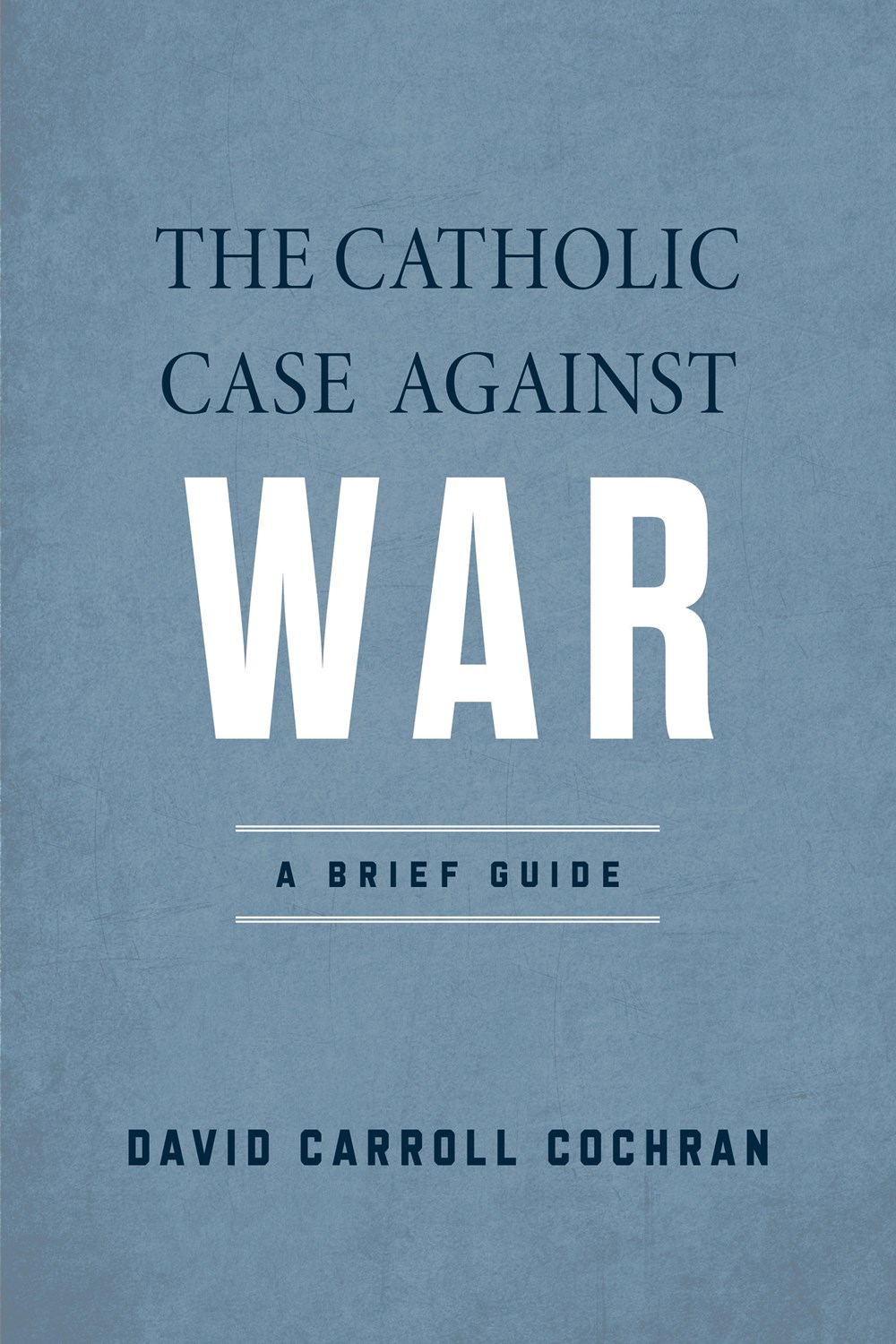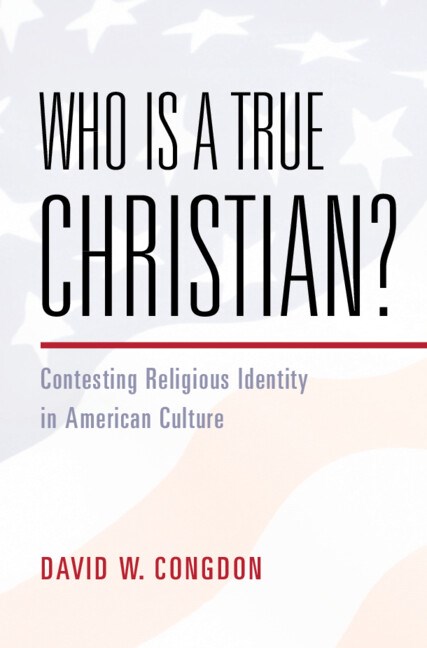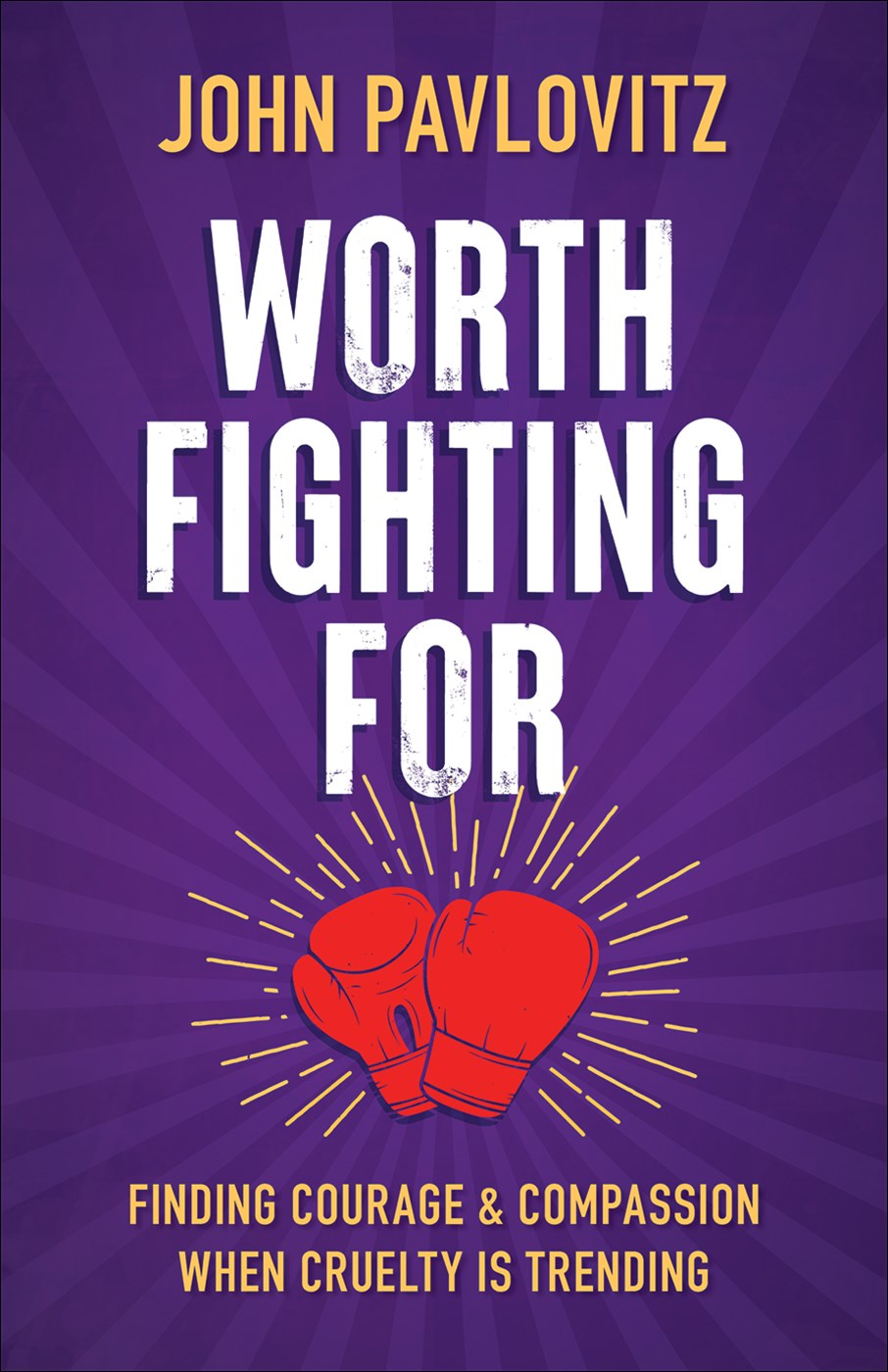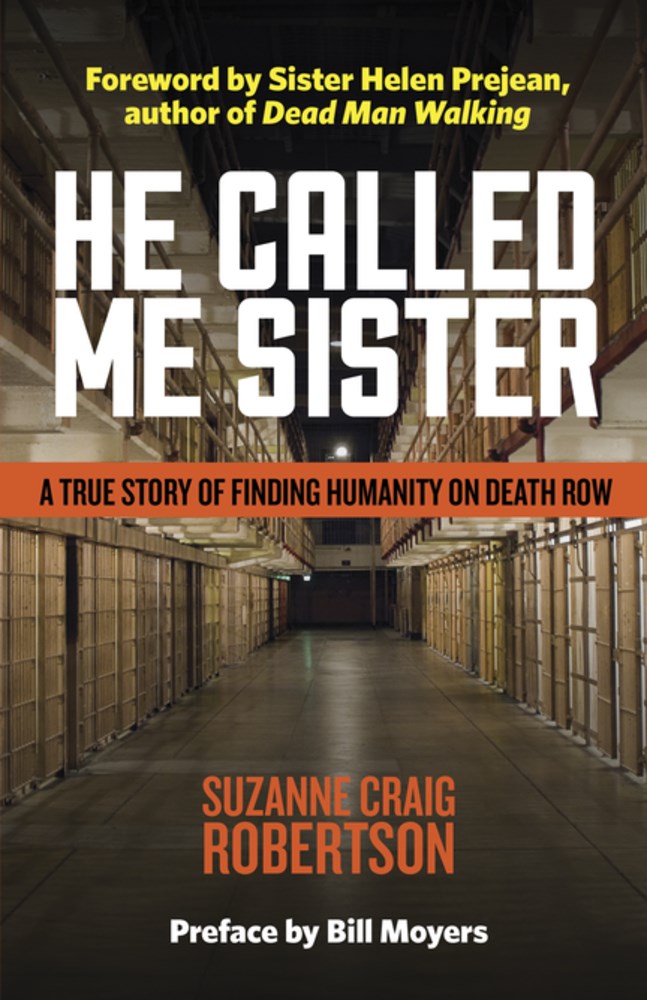James Wetherbee
148 Articles
Last 30 days
Last 6 months
Last 12 months
Last 24 months
Specific Dates
From:
To:
PREMIUM
Challenging Modernity
This provocative volume is wide-ranging, and the contributors do not disappoint. Although neither Bellah nor the contributors offer a definitive conclusion, the scope, depth, and coherence of this collection is a brilliant elaboration of what might have occurred.
PREMIUM
The Catholic Case Against War: A Brief Guide
A solid case for why the Catholic Church’s position against war is realistic. Cochran provides a much-needed reassessment and refinement of “just war” theory, which is an ethical and moral framework for determining when war is justified.
PREMIUM
Who Is a True Christian?: Contesting Religious Identity in American Culture
A fascinating theological project about the problem of Christian demarcation.
PREMIUM
Worth Fighting For: Finding Courage and Compassion When Cruelty Is Trending
The essays feel as raw and as powerful as Pavlovitz’s blog. His confrontational style lends itself more to prodding and validating his fellow progressives than persuading conservative evangelicals. Still, his hopefulness about the fight for social justice is refreshing.
PREMIUM
The Life of the Qur’an: From Eternal Roots to Enduring Legacy
An extensively researched look at the text of the Qur’an. It is sure to appeal to Muslims, religious scholars, and any readers interested in learning more about the sacred scripture of Islam.
PREMIUM
The Lost World of the Prophets: Old Testament Prophecy and Apocalyptic Literature in Ancient Contexts
Some readers may view this as a covert attack on the authority of scripture, but many others will find the questions posed in this title to be incidental to gaining a deeper and more nuanced appreciation of biblical prophecy.
PREMIUM
I Am Asking in the Name of God: Ten Prayers for a Future of Hope
Readers interested in a summary of Catholic social teaching will find these essays worthwhile.
PREMIUM
World Religions in Seven Sentences: A Small Introduction to a Vast Topic
This title is better at assuring Christians of their own position than challenging their interlocutors. Readers are left with little understanding of other religions’ appeal.
PREMIUM
He Called Me Sister: A True Story of Finding Humanity on Death Row
This deeply moving book is a personal challenge to doctrinaire notions of justice verses the Christian conviction that each person is redeemable.
ALREADY A SUBSCRIBER? LOG IN
We are currently offering this content for free. Sign up now to activate your personal profile, where you can save articles for future viewing










